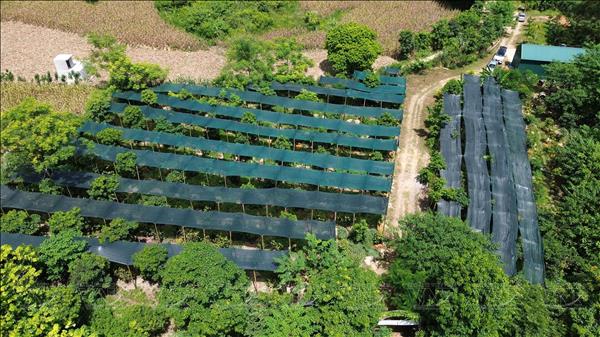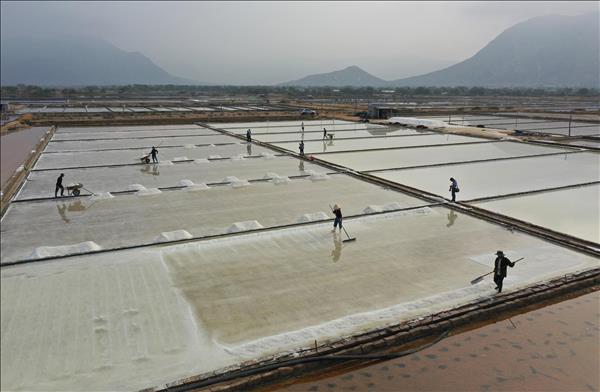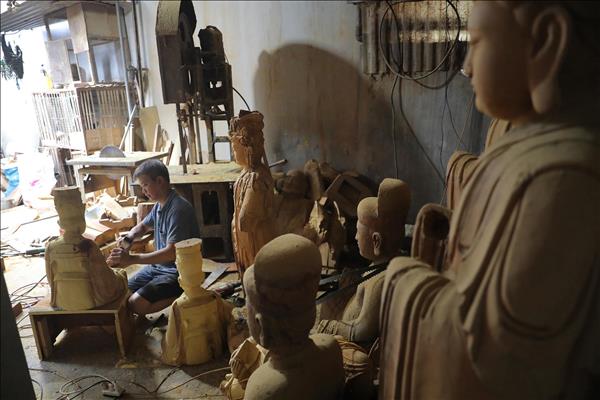| On an average, the park created an export value of nearly 30 million dollars/ hectare and reached a production value of 150,000 dollars/year. |
Since the first project was put into operation in 2005, 68 licenses have so far been granted to projects with a total investment of more than 4 billion dollars, including 800 million dollars from domestic capital for 35 projects and over 3.3 billion dollars from direct foreign investment for 33 projects. At present, 43 projects are operating in the park with a total production value of nearly 10 billion dollars, including an export volume of 8.7 billion dollars. These projects provide jobs for over 21,000 labourers. In 2014 alone, the park attracted 10 projects with a total investment of about 1.8 billion dollars, including 340 million dollars from domestic capital for 6 projects and 1.5 billion dollars from foreign investment for 4 projects. The total production value has reached nearly 3 billion dollars with more than 2.9 billion dollars of export value.
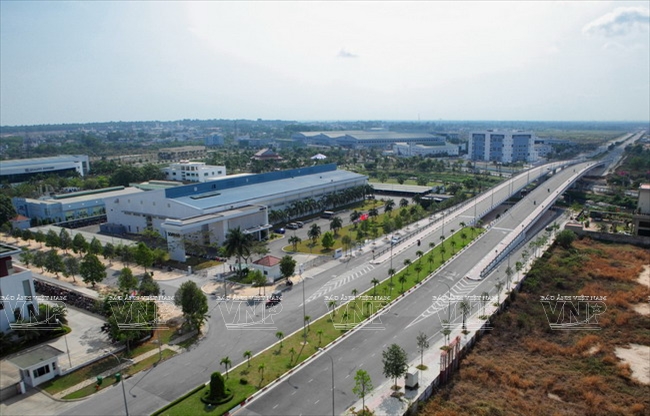 Part of Saigon High-tech Park. Photo: Nguyen Luan/VNP 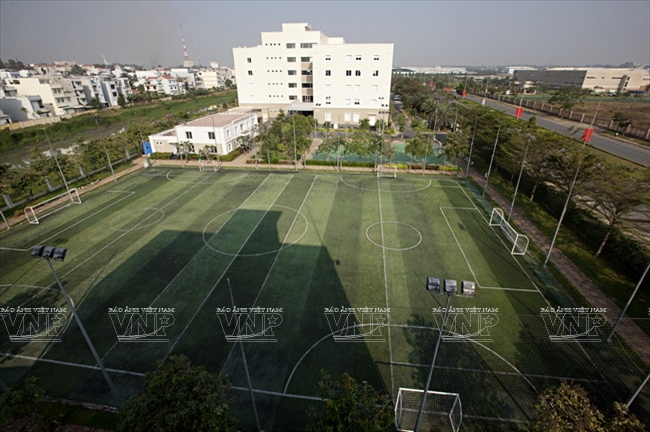 The sport complex inside the Saigon Hi-tech Park. Photo: Dang Kim Phuong/VNP 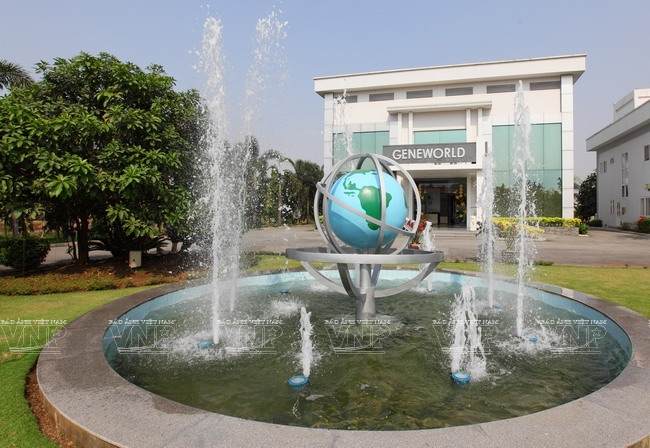 Outside the GENEWORLD Company. Photo: Nguyen Luan/VNP  The green space inside the Saigon Hi-tech Park. Photo: Dang Kim Phuong/VNP 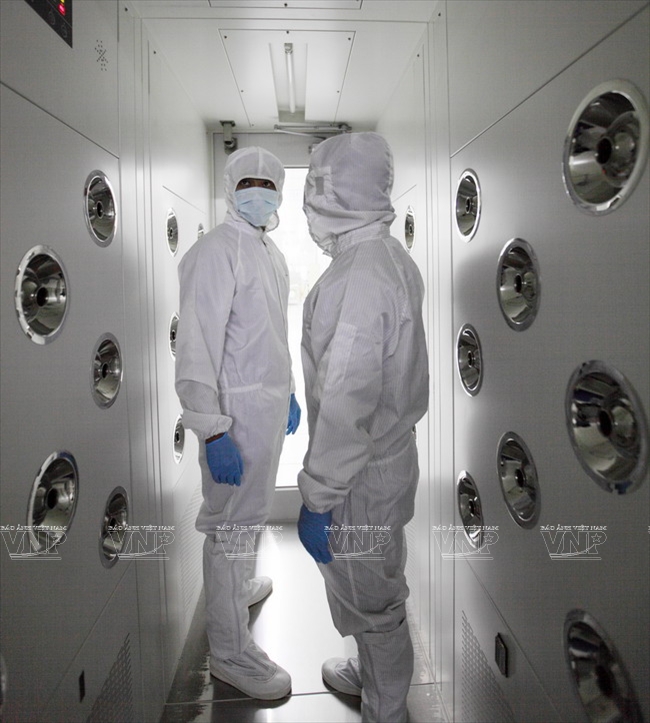 Employees at the Saigon Hi-tech Park R&D Centre have to be in the sterilisation room before working. Photo: Nguyen Luan/VNP 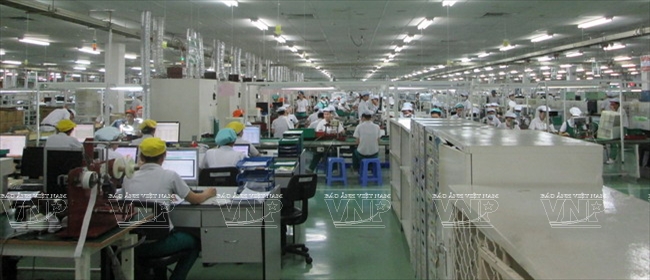 Inside a factory of Nidec Group in Saigon Hi-tech Park. Photo: File 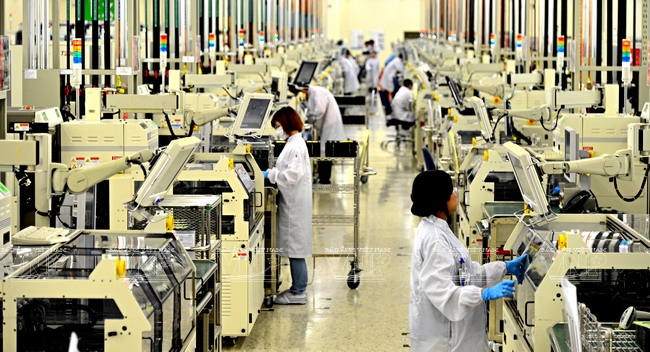 The production line inside a factory of Intel Group (the US) in Saigon Hi-tech Park. Photo: File |
| Saigon High-tech Park has contributed to increasing the scientific-technological contents through high-tech products, such as chipset (Intel), DGS - Digital Graphic System, Jabil printer, Datalogic, MK and VTC intelligent cards, Nanogen pharmaceutical products, Nidec Sankyo digital camera and equipments in the semi-conductor chip sector. |
Also, the zone attracted many projects on research and production from Sanofi (France), Datalogic Scanning (Italy), Sonion (Denmark), Microchip (the US) and many domestic enterprises, groups and institutes for research and technology training, such as FPT, Hutech, Oil and Gas Institute, Nanogen Biopharmaceutical Ltd., and Gene World Ltd.
With a staff of professional and well-qualified employees, the Saigon Hi-tech Park R&D Centre quickly mastered and transferred some important technology to enterprises, including the application of carbon nanotubes to super capacitor and power edition, liquid nano carbon, research to manufacture bio-sensor chips, pressure sensor chips applied in blood pressure monitors and material measuring machines, researching Nano materials used in food, pharmaceutical products and energy reserving; and the breakthroughs in diode technology with an ability for commercial production, such as FRED or JBS rectifiers.
Activities to develop high-tech human resources have been implemented through cooperation with universities and prestigious centres domestically and internationally, providing 500 training courses for 7,000 students at the requirement of high-tech enterprises. In 2013, the training centre coordinated with Microsoft group to establish the Microsoft Innovation Centre, opening a prospect process in training high-quality human resources for the information and technology sector.
 The Saigon Hi-tech Park R&D Centre trains human resources for high-tech enterprises. Photo: Nguyen Luan/VNP 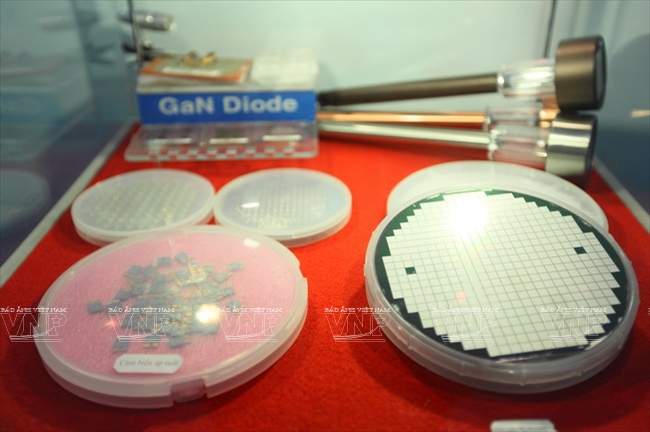 High-tech sensor samples used in measuring technology are produced in the park. Photo: Nguyen Luan/VNP 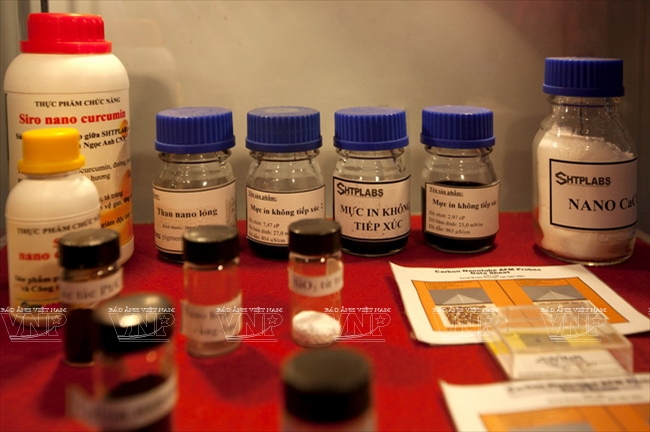 High-tech research products are transferred to enterprises for production. Photo: Dang Kim Phuong/VNP 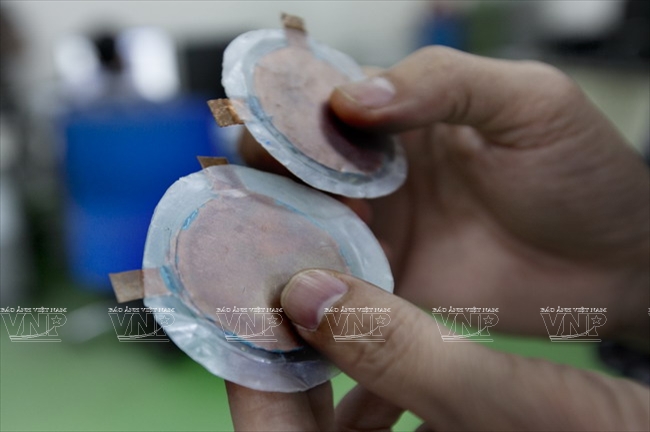 Super capacitors applied to electronic spare parts. Photo: Dang Kim Phuong/VNP  Conducting research to produce high-tech products. Photo: Dang Kim Phuong/VNP 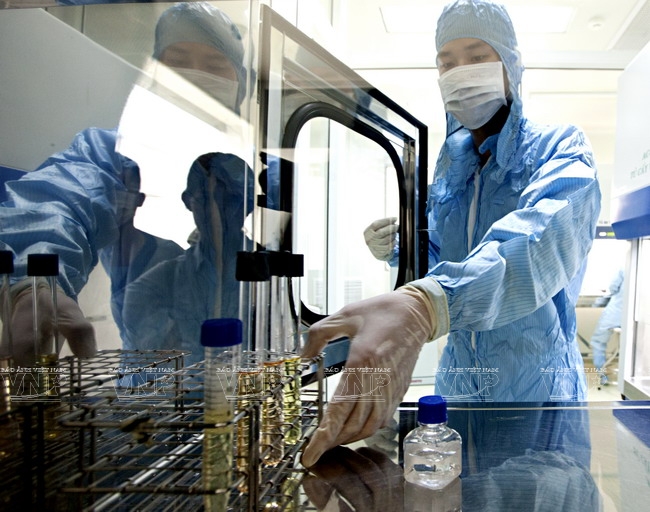 Carrying out experiments to produce pharmaceutical products for the health sector. Photo: Dang Kim Phuong/VNP 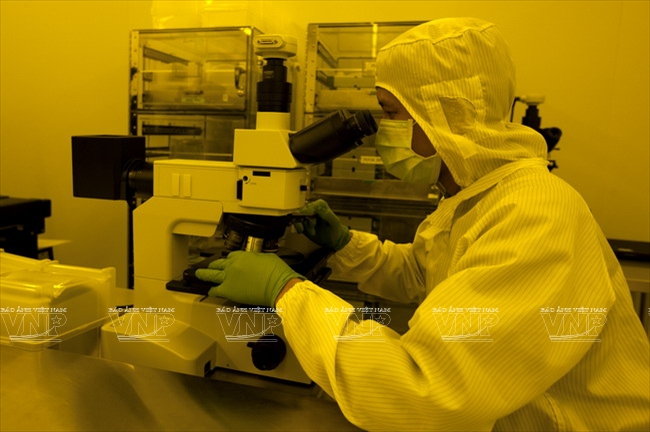 Conducting experiments to produce hi-tech products. Photo: Dang Kim Phuong/VNP 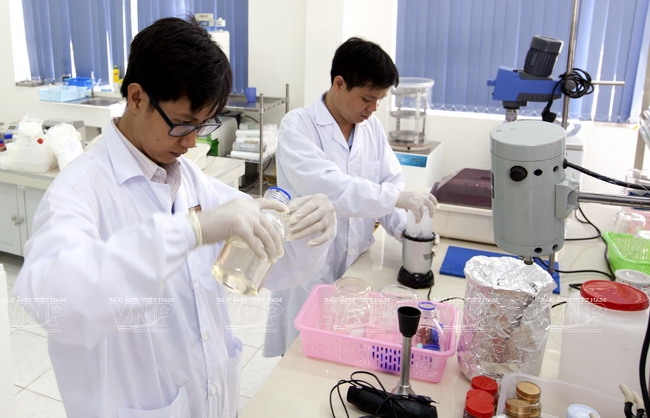 Producing pharmaceutical products for the health sector. Photo: Dang Kim Phuong/VNP 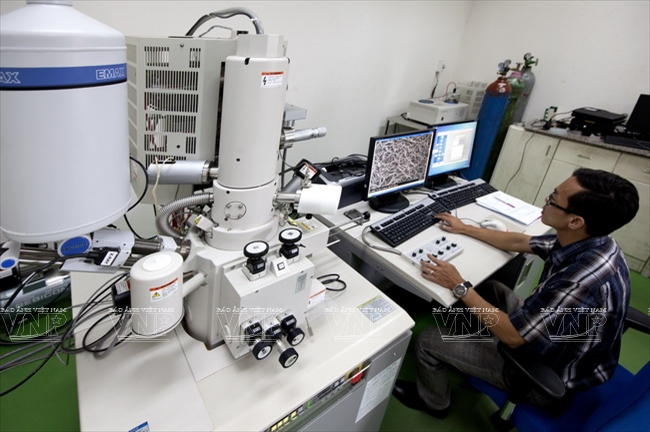 A scanning electron microscope (SEM) is used to measuring Nano and analysing chemical elements in materials for processing cosmetics. Photo: Dang Kim Phuong/VNP |
In 2012, it hosted the 16th ASPA (Asian Science Park Association) with the participation of more than 100 leading Asian managers and scientists that affirms its position in the Asian Science Park Association.
Towards 2020, SHTP is to be a technopolis playing an important role of strongly enhancing the technological and intellectual base of Ho Chi Minh City and the Focal Economic Region of Southern Vietnam, and serving as Vietnam’s model of technological innovation, intellectual capital development and innovation economy.
|
The zone is building infrastructure for stage 2 and providing the state’s priorities in terms of land renting, tax reduction and infrastructure. It gives top incentives to attract enterprises which have high-tech products and adjusts the plan to spare land for the supply chain of subsidiary industry.
(Le Hoai Quoc, Head of Saigon High-tech Park’s management board)
|
Story: Van Quy
Photos: Dang Kim Phuong, Nguyen Luan & Files
Photos: Dang Kim Phuong, Nguyen Luan & Files
phamtrangnhung

